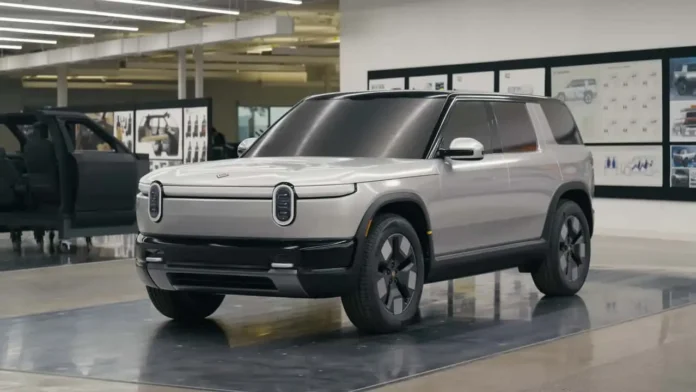Introduction to the Dacia Duster
The Dacia Duster has established itself as a staple in the European automotive market, filling the void left by the Volkswagen Golf. This classless car has attracted a diverse clientele, from company executives to everyday workers, making it a beloved choice. Recently, the news of its transition towards electrification has captured attention, especially as Dacia aims to expand its line-up to include electric models.

Electrification Plans for the Duster
Dacia is set to unveil a concept for the electric Duster in December, highlighting its electrification strategy. This model will follow the introduction of the all-electric Sandero and promises to retain the rugged character that its predecessors were known for. After the launch of the third-generation Duster last year, which saw over 65,000 units sold by mid-year, the anticipation for an electric counterpart has been building.
Platform and Competition
The Duster EV will likely utilize the innovative CMF-BEV architecture, already in use for other Renault models. While the base version may offer front-wheel drive, the inclusion of all-wheel drive is essential for maintaining the Duster’s adventurous reputation. As it stands, the electric Duster will face minimal direct competition with AWD options currently available only in hybrid trims, positioning it uniquely in the market.
The future looks promising for the electric Duster, with the development of affordable electric cars aligning with Dacia’s brand ethos of value. As we await its release, the Duster is poised to remain an influential player in the realm of electric vehicles.



